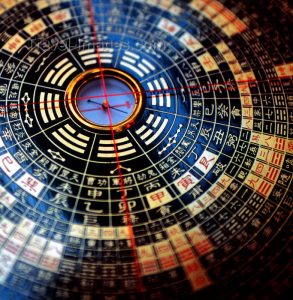
In her new booklet, ‘Feng Shui Fundamentals‘, Susan offers her readers a simplified introduction to the basic concepts and methods of classical Feng Shui. Although this book contains many of the key aspects of a Feng Shui analysis, there is so much more to professional consultations than what is presented here, and even reading the book, you get a sense that there is more to interpreting Feng Shui than meets the eye on these few pages.
One of the easiest things to discover is your favourable directions, and there is a marked distinction between these and our favourable sectors. As the reader soon discovers, there is no utopian ideal so we do our best to align with our best sectors and our best directions, optimizing our environment without expecting everything to be perfect. In general, we’d like to have accessible energy from one of our good directions serving us, and be sleeping and spending time in a star that is favourable for us.
The ensuing discussion about Flying Stars shows how time affects the Feng Shui of every environment and changes year to year. Every year a number (which is referred to as a star) moves into a different part of the home (indicating the luck or energy of that sector), and this uses the movement of stars through time as a chart for our luck in each room, each year.
Brushing the surface of this deep subject, ‘Feng Shui Fundamentals’ includes a succinct discussion of Five Element Theory and the Ten Flying Stars, Susan illuminates the preciousness of this ancient art with a Beginners mind, caring for our first level inquiry into the magic and system of Classical Feng Shui. In her next book ‘Bazi Basics’ , she hopes to share more about the specific personal charts of traditional Four Pillars Chinese Astrology.

Chinese Feng Shui compass – Luopan, Hong Kong, China. – photo by B.Henry

